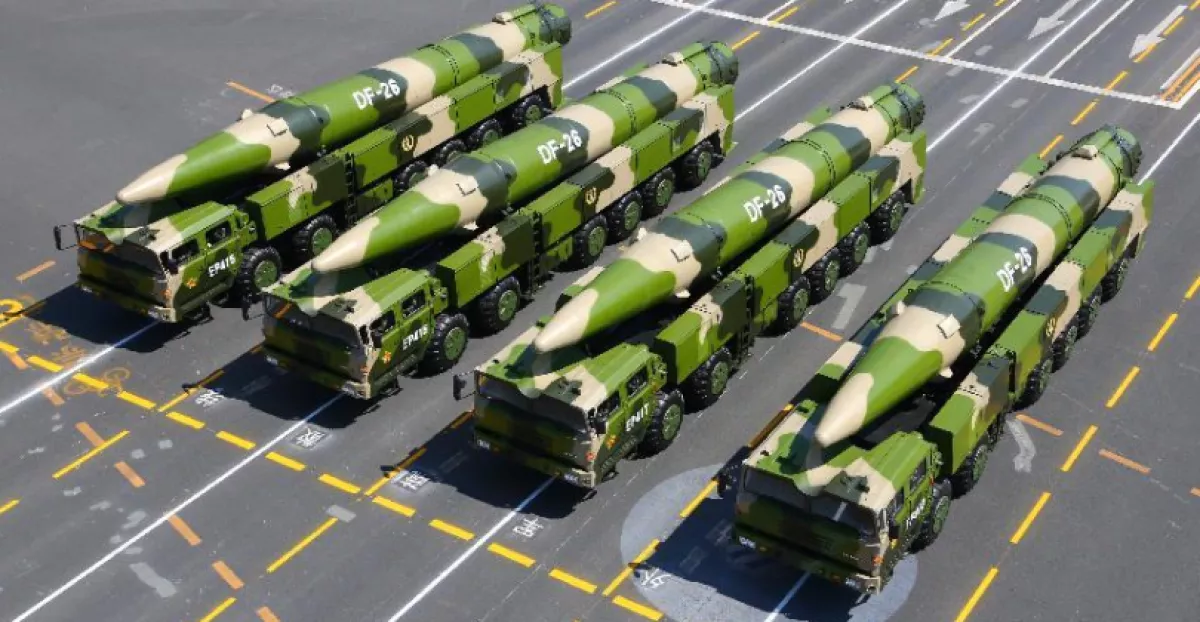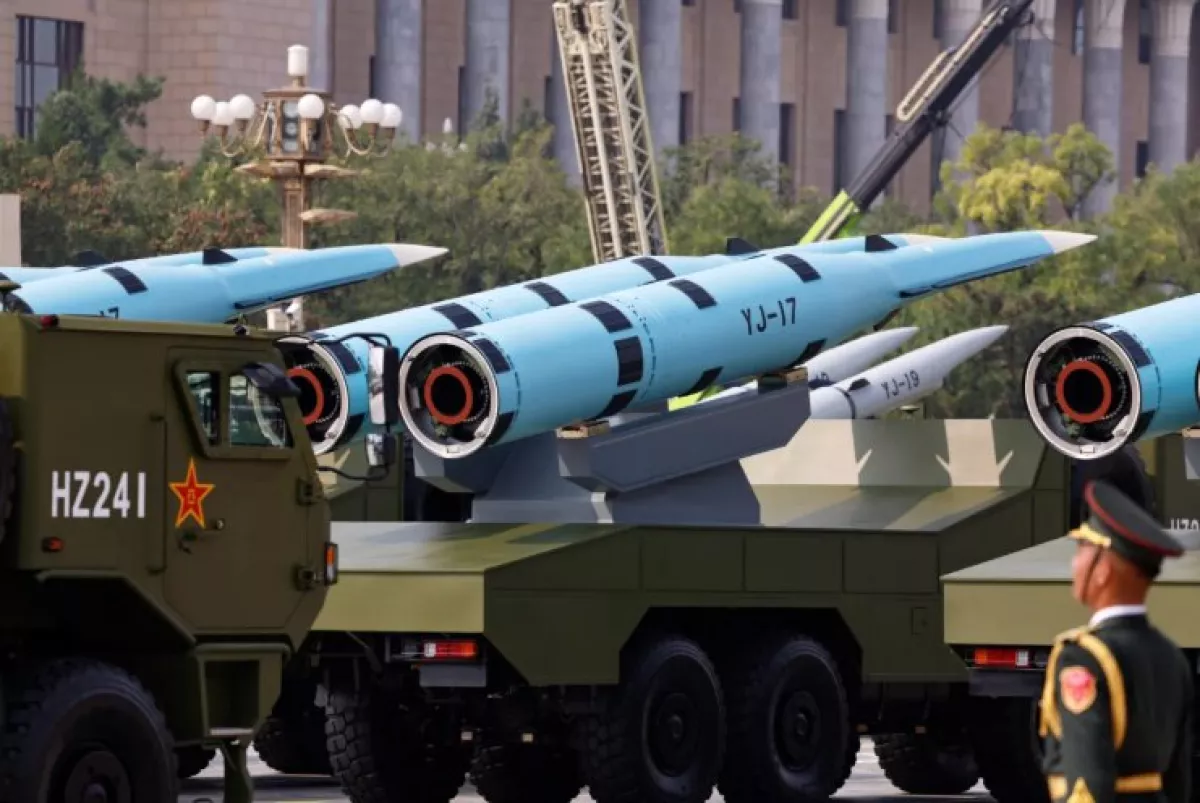China’s military parade signals new regional balance in East Asia Foreign Policy analysis
Foreign Policy’s recent coverage of China’s September 3 military parade in Beijing underscores a critical shift in regional military dynamics, highlighting that China is no longer just a technological follower but an innovator—and increasingly, a global military contender. The article emphasizes that longstanding Western narratives portraying China as a mere imitator of foreign technology are outdated. Today, China leads in robotics, AI, electric vehicles, nuclear energy, drones, and high-speed rail. Military technology is now firmly on that list.
The Victory Day Parade, marking the 80th anniversary of the war against Japanese aggression, served as a showcase of China’s evolving military capabilities. The event revealed aircraft for carrier operations, “loyal wingman” drones, new anti-ship and ground-attack missile systems, uncrewed submarines, and torpedoes. Beyond symbolism, these developments reflect a rapid technological transformation within the People’s Liberation Army (PLA), arguably the most accelerated since World War II. Analysts note that this shift fundamentally alters the military balance in East Asia, challenging decades of U.S. dominance.

China’s ambitions extend beyond mere modernization. Its military-industrial complex aims for self-reliance, producing home-grown equipment capable of defending or asserting its regional interests. The article cites developments including stealth combat aircraft, specialized landing barges for amphibious operations, a massive new command center outside Beijing, and credible Pakistani use of Chinese aircraft in joint drills. Collectively, these developments point to a clear strategic focus: securing regional dominance rather than global power projection. While China is expanding logistical and blue-water capabilities—strategic airlifters, aerial refueling, aircraft carriers, and replenishment ships—the absence of additional overseas bases and global alliances suggests that its military focus remains largely regional.
The implications for Taiwan are particularly stark. Foreign Policy references recent research in International Security, which predicts devastating losses for U.S. air forces in the event of a Chinese invasion, illustrating the shifting balance in Beijing’s favor. The report underscores that U.S. forward-deployed bases, the traditional lynchpin of American power in the Pacific, are vulnerable to China’s expanding missile and aerial capabilities. Washington’s ability to maintain deterrence without a fundamental strategic adjustment is increasingly uncertain.

The broader lesson is that U.S. strategy may require a rethink. For decades, Washington relied on a model of dominance underwritten by forward presence and alliances. China’s long-term investments in indigenous military technology, combined with its growing regional reach, suggest that this model may no longer be viable. Any substantial U.S. expansion in East Asia faces political, logistical, and strategic hurdles, and an arms race would likely favor China’s strengths.
In conclusion, Foreign Policy portrays the parade not merely as pageantry but as a harbinger of a new equilibrium in East Asia. China’s technological innovation, combined with its methodical military buildup, is reshaping the regional balance of power. For the U.S., the challenge is clear: adapt to a regional reality where influence, not overwhelming force, will determine strategic outcomes. The era of unquestioned American military dominance in East Asia is facing its sternest test yet.
By Vugar Khalilov








